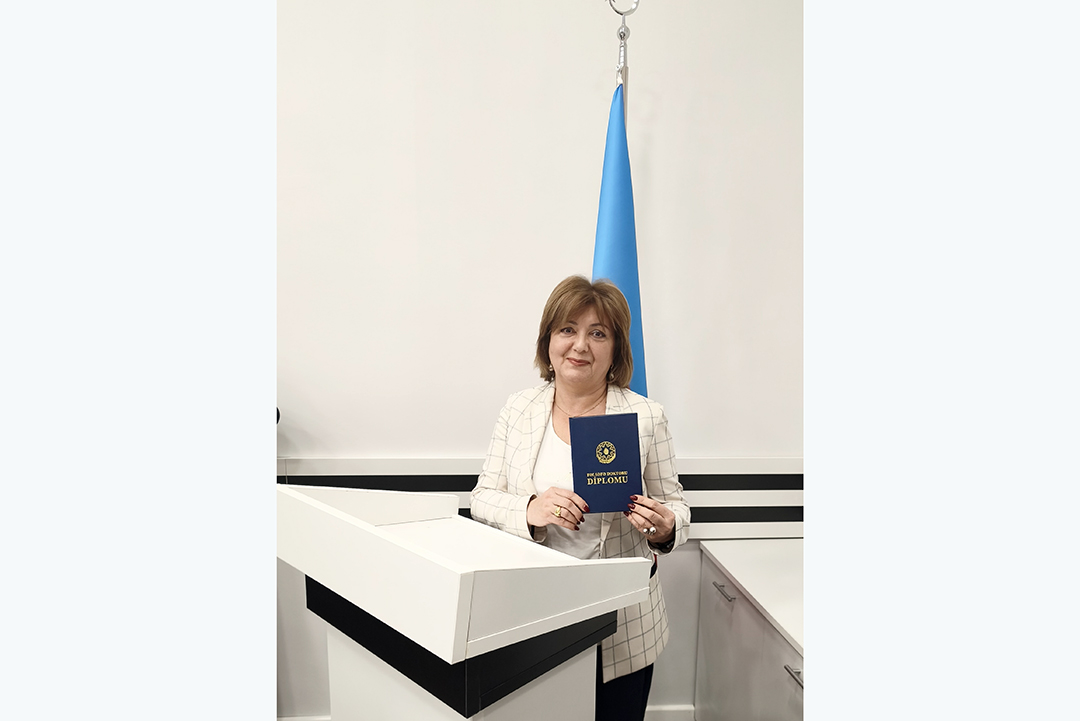NEWS
The new system will allow athletes to train in augmented reality

At Canadian University of Alberta, a team led by Professor Hossein Rouhani is developing an augmented reality simulator that teaches people how to move. It is intended for those who undergo rehabilitation and learn to walk and do simple things anew. But the system also has the potential to train athletes without the presence of a coach - at least not physically.
The idea is to capture the user's movements, translate them into a digital three-dimensional model, and then compare it with the reference models. For example, the movement of the hand of a tennis player serving the ball, or balancing with the body of a tightrope walker, is something that an experienced trainer should show the beginner live, which is impossible to explain in words. The same applies to the rehabilitation of patients, because we are so accustomed to walking without thinking that in a critical situation we just get lost - but how to rearrange our legs and not fall?
For this, two types of sensors are put on the user, bright markers for tracking his movements with cameras, and inertial sensors for accurate measurement of the vector and the distance of movement of the limbs in space. With their help, the computer builds an accurate model of the user's movement, which is then displayed on the screen of augmented reality glasses. A person gets the opportunity to see himself from the outside, and the coach sees him remotely, without the need for presence in the gym.
Next, a reference picture is superimposed on the student’s virtual image, and he clearly sees where to move and how to turn to match it. In this way, training takes place - without the actual participation of the coach, but with the effect of his presence. Now they are going to test the prototype of the system on beginners of the university sports team.


